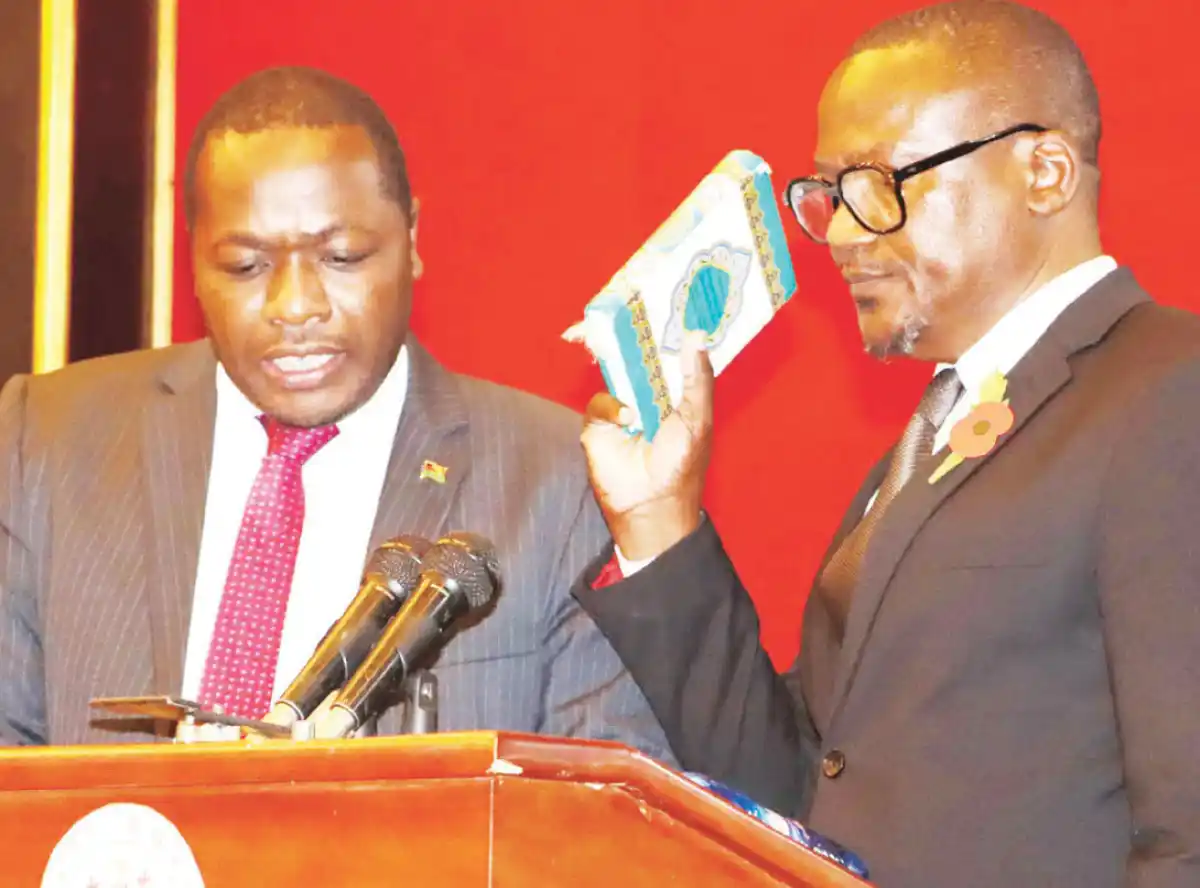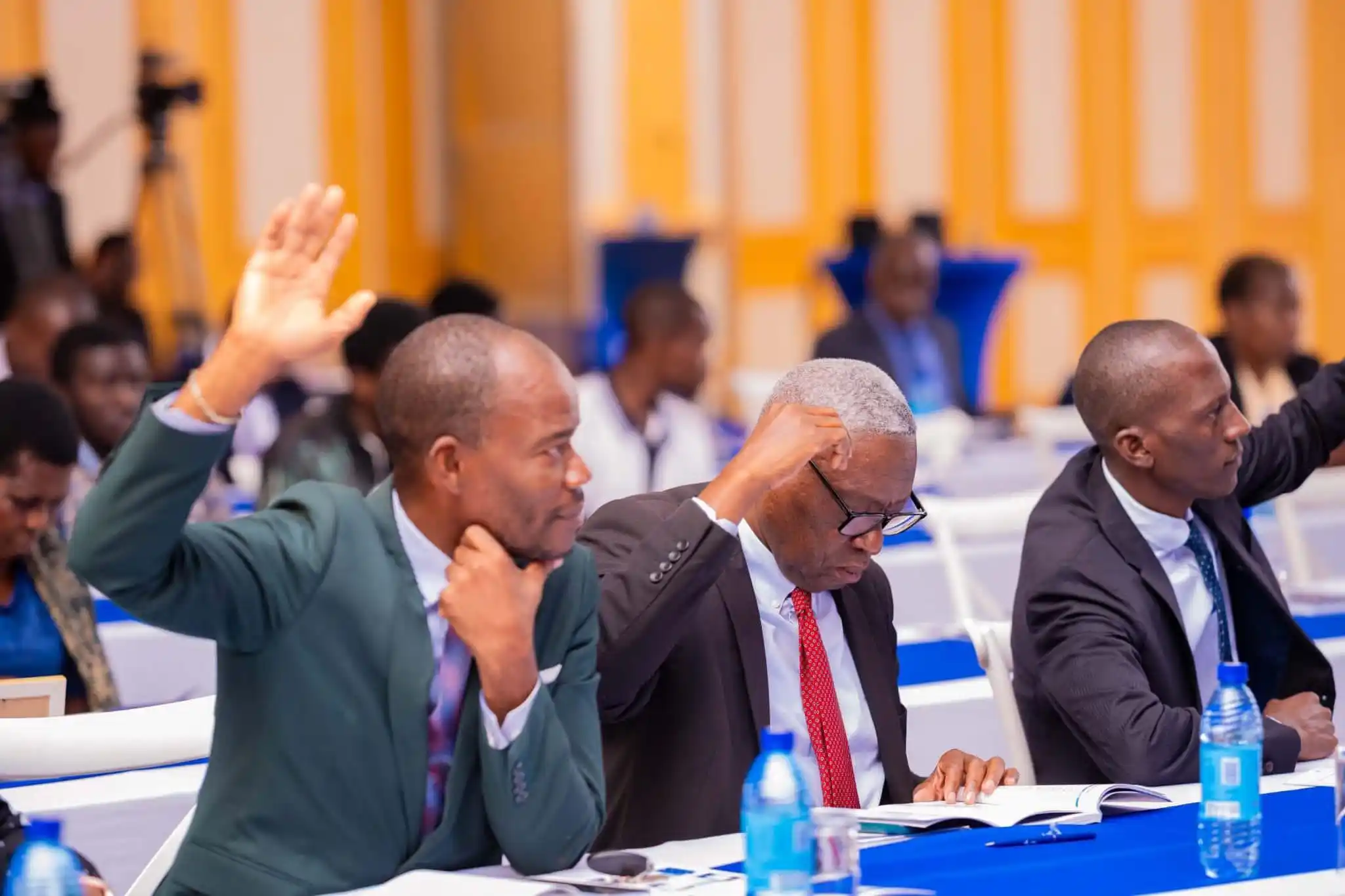
Malawians will have to wait a bit longer before they can know what exactly led to the crash of a Malawi Air Force Dornier 228 (MAF-T03) plane that killed former vice president Saulos Chilima and eight others on June 10 this year.
Chilima died alongside former first lady Patricia Shanil Dzimbiri, Ministry of Foreign Affairs deputy chief of staff Abdul Lapukeni, Chilima’s medical officer Dan Kanyemba, guard commander Lukas Kapheni and aide-de-camp Chisomo Chimaneni.
Operators of the aircraft, a Dornier 228—namely pilot-in-command Colonel Owen Sambalopa, second-in- command Major Flora Selemani-Ngwinjili and engineer Major Wallace Aidini—also died in the crash.
Initially, the commission of inquiry that is looking into the matter was expected to deliver its report to President Lazarus Chakwera on or before November 30.
But in a statement signed by chairperson Judge Jabber Alide, the commission, which closed the process of taking evidence Tuesday, requested for an extension of time to allow it to properly scrutinise the testimony of over 120 people who testified during the inquest.
According to Alide, Chakwera has since granted the extension.
As such, he said, the commission would submit its findings on December 14 this year.
He observes that since November 14, when the commission issued its last periodic update, it continued to issue summonses to meet with persons with relevant and credible information regarding the aircraft accident.
He, however, said the inquiry has only heard a testimony from one more person who volunteered to testify before commissioners.
“The commission met members of the public; members of some of the bereaved families; and members of staff and management of various organisations with credible and relevant information regarding the tragic aircraft accident; and
“On a number of occasions, the commission held virtual interviews with witnesses [who were] not capable of tendering their evidence in person,” Alide says.
Speaking at Kamuzu Palace in Lilongwe on October 28, when members of the Commission of Inquiry were sworn in, Alide pleaded with Malawians to trust in the commission’s capabilities to do a thorough investigation.
Alide said the inquiry would be done in the confinement of the laws of the Republic.
“This is a huge responsibility that the country has trusted us with and it is our plea to be trusted to do this job professionally. As you can see, the composition of the commission is encompassing people from all the sectors.
“Our work shall begin today so that we should be able to meet the deadline that has been given to us,” Alide said.
Chakwera said the June 10 plane accident in Chikangawa Forest was deadly and hurtful.
“I know people felt delayed with the appointment of the Commission of Inquiry but we needed to follow proper procedures on the matter.
“I promised to have three inquiries. The first inquiry was to find out what killed the people, were there people who were alive when it crashed. And the doctors did that, the report was submitted to the family,” Chakwera said.
In August this year, a preliminary investigation report by the German Federal Bureau of Aircraft Accident Investigation (BFU) revealed a number of safety concerns on the flight.
They include that while the military airplane had a device which flight crews are supposed to use to transmit distress signals that can aid safety response operations, the instrument was dysfunctional.
The BFU investigators found that the Emergency Locator Transmitter (ELT), as the device is called, was out of service because its battery had expired.
The battery expired in 2004.
The report also suggests that the instrument was outdated.
Mounted on the plane was an ELT which transmits signals on the frequencies 121.5 MHz and 243 MHz.
However, since February 1 2009, satellites only monitor the internationally agreed emergency frequency of 406 MHz and the MAF had not serviced the equipment accordingly.
“According to Malawi Air Force, for such devices there were no spare parts and no budget for new 406 MHz ELT,” the report says.
It also says the plane was not equipped with a Cockpit Voice Recorder or a Flight Data Recorder, which could have provided crucial information about the crash.







0 Comments